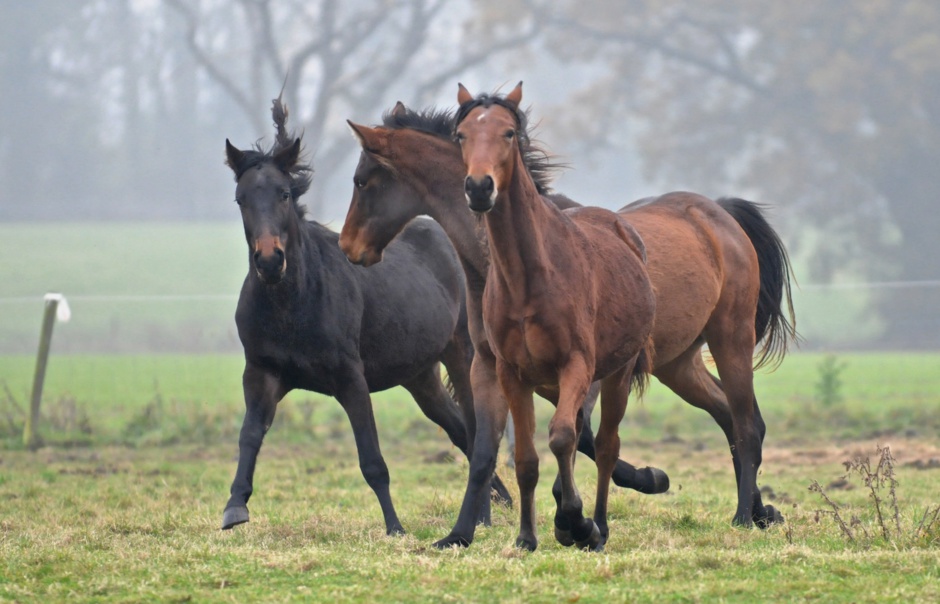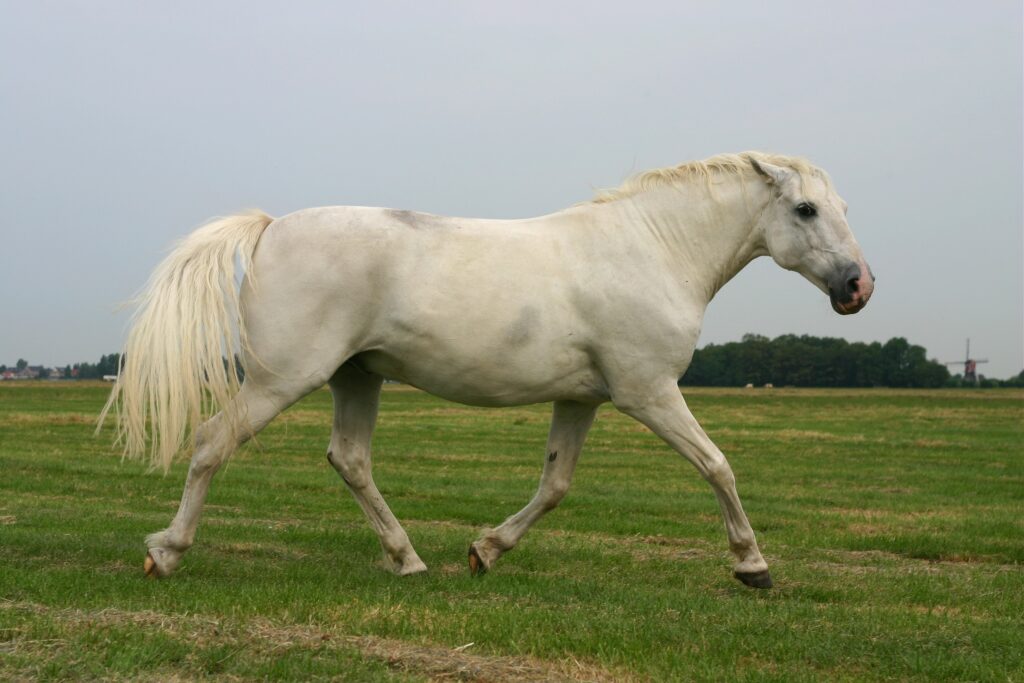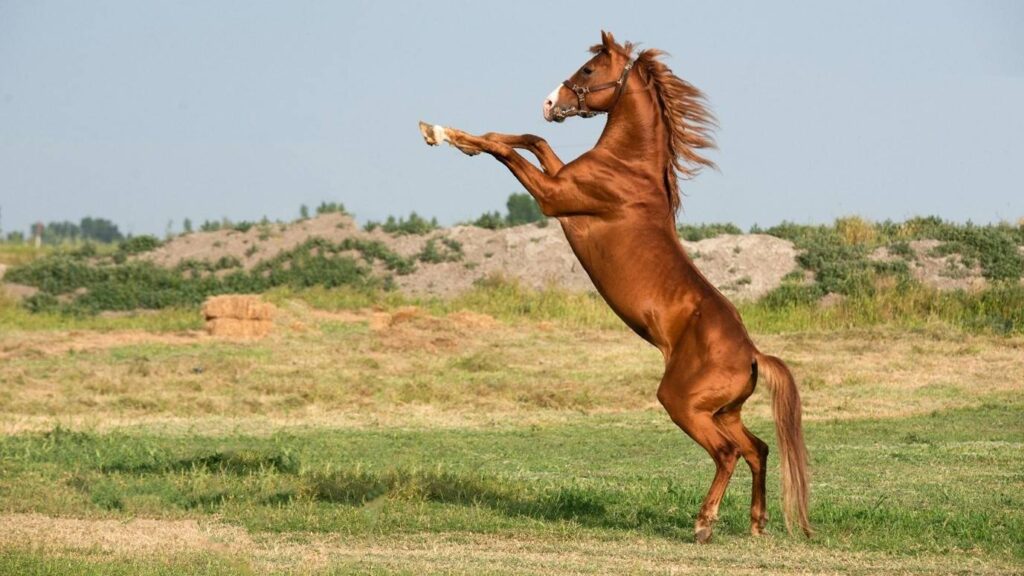Training horses is both an art and a science. It involves understanding horse behavior, applying effective techniques, and above all, problem-solving in horse training. When trainers encounter challenges, they need to address them promptly to ensure the horse’s progress and well-being. This article will delve into the strategies and insights that lead to effective problem-solving in horse training.

Understanding Horse Behavior
Before diving into specific training issues, it’s essential to understand the behavior of horses. Horses are naturally social animals, and their behavior is driven by instincts. Recognizing these instincts can aid in effective training. For example, horses have a flight response when they feel threatened, which can manifest as resistance during training.
Common Challenges in Horse Training
Resistance to Commands
One of the most common issues is when a horse resists commands. This resistance can stem from misunderstanding, fear, or lack of trust. It is crucial to identify the root cause to apply the right solution.
Spooking
Horses can spook at unfamiliar objects or sounds. Trainers need to train voice commands to help horses remain calm and collected in challenging situations.
Difficulty Standing Still
Many horses struggle with standing still, which can be disruptive during activities like grooming or saddling. Trainers can use techniques [like these](https://ofhorse.com/how-to-train-a-horse-to-stand-still/) to encourage horses to stand quietly.
Strategies for Problem-Solving
Building Trust and Bonding
Trust is the foundation of all successful horse training. Spending time with the horse and using positive reinforcement can enhance the bond between horse and trainer.
Consistency in Training
Horses thrive on routine. Consistent training schedules help horses understand expectations, reducing confusion and resistance.
Using Positive Reinforcement
Positive reinforcement involves rewarding horses for desired behavior. This approach can be more effective than punishment, fostering a positive learning environment.
Tools and Techniques
Clicker Training
Clicker training is an effective technique that uses a distinct sound to mark desired behavior followed by a reward. This method is particularly useful for teaching new commands.
Desensitization
Desensitization involves exposing the horse to various stimuli in a controlled manner, helping them become accustomed to different environments and objects.
Case Studies of Successful Problem-Solving
Examining case studies can provide valuable insights into problem-solving in horse training. For instance, a trainer might share how they resolved a horses fear of water through gradual exposure and rewards.
Importance of Patience
Training horses is a process that requires patience. Rushing can lead to setbacks, while a patient approach allows for thorough understanding and progress.
Role of Professional Trainers
Sometimes, hiring a professional trainer is the best solution for challenging cases. Professionals bring experience and expertise that can expedite the training process.
Creating a Positive Training Environment
A calm, stress-free environment is crucial for effective training. Ensuring the horse feels safe and comfortable can enhance learning and cooperation.
Monitoring Progress
Tracking the horses progress can help identify areas that need improvement. Regular assessments ensure the horse is moving towards training goals.
The Significance of Nutrition and Health
A horses diet and health significantly impact their behavior and ability to learn. Ensuring proper nutrition and regular health checks are integral to training success.
Maintaining Motivation
Keeping both the horse and trainer motivated is key. Celebrating small victories and setting achievable goals can maintain enthusiasm and drive.
Incorporating Feedback
Feedback from fellow trainers or observers can offer new perspectives and solutions to training challenges.

FAQ Section
What is the first step in problem-solving during horse training?
The first step is identifying the issue. Understanding the root cause of the problem is crucial for applying the correct solution.
How can I improve my horse’s response to commands?
Improving a horses response involves consistent training, positive reinforcement, and ensuring the horse understands the commands.
Why is patience important in horse training?
Patience is vital because training is a gradual process. Giving the horse time to learn and adjust prevents stress and setbacks.
This article contains affiliate links. We may earn a commission at no extra cost to you.







